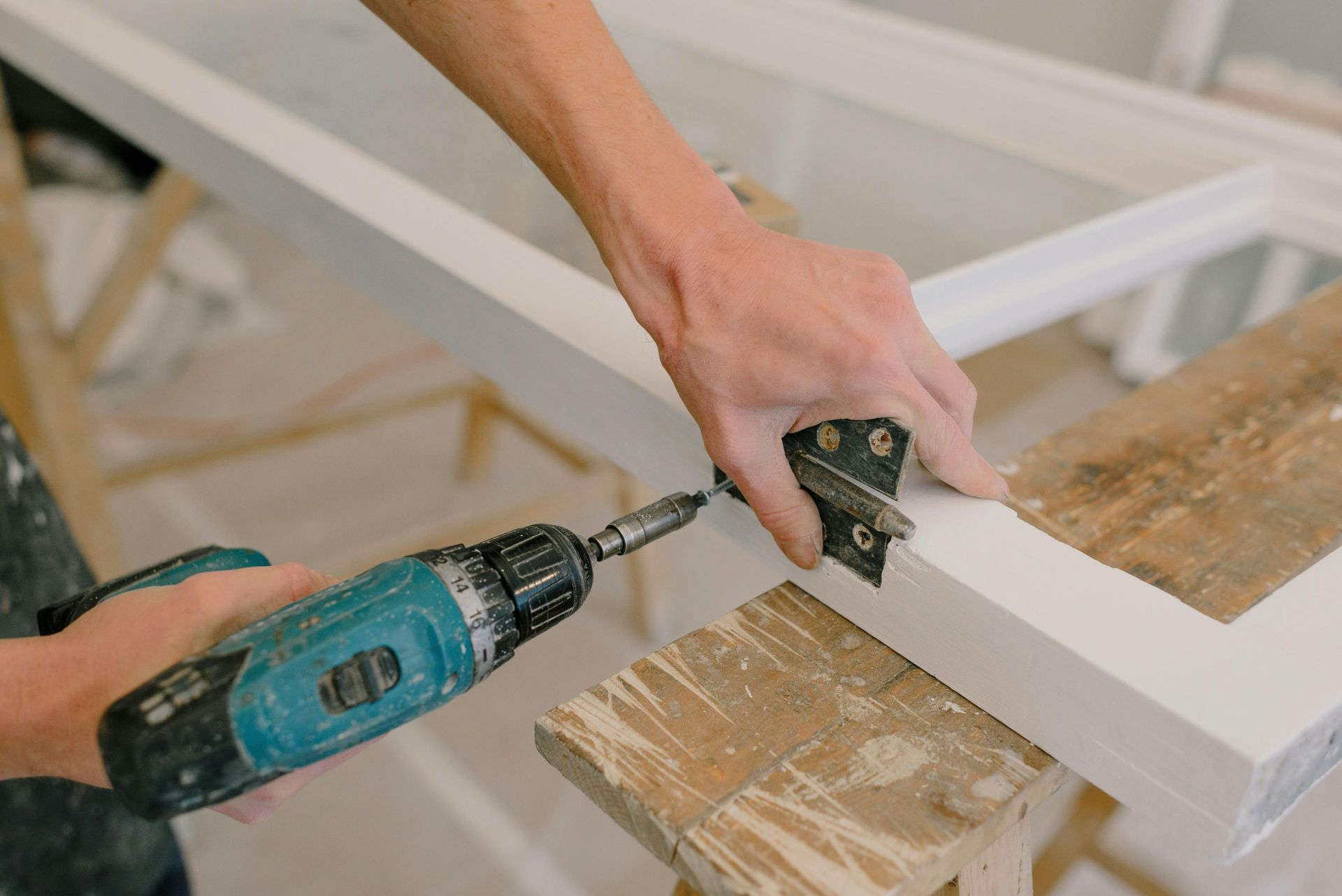The SECRET To Jeff Bezos Buying The Washington Post (And What You Need To Know)
I love history and you should too. History is a lesson: a lesson of intentions, movements, experiments, and human production. Knowing what happen in the past helps you create a better and profitable future; and without an understanding of history, you are doomed to repeat the past.
I know many of you are dying to find out the secret to Jeff Bezos buying the Washington Post. But, before I go there you must understand this: The current predictions being made by the masses about newspapers being dead, really are reminiscent of those made about the radio industry 50 years ago. Like 50 years ago, when people couldn’t see past the fact that what they knew about radio was programs like Minus One, Tales of the Texas Rangers, and Dragnet – all of which started on radio but seemed a lot better on television.
Radio was indeed dead – but only the radio as they knew it. Radio morphed into a music, talk radio and drive-time medium, something television couldn’t replicate. And it not only survived just fine, but its profit margins also soared as it recovered.
This is the secret to Jeff Bezos buying the Washington Post. (Not to mention he’s practicing the first key to making money which lies in mastering the fine art of buying low.) The newspaper industry has gone through a similar morphosis. Once impersonal and aloof, most local newspapers have been forced to become more local, more relevant to the local communities they serve.
Even Warren Buffett wrote that, “local papers are a great investment: they have strong-bonds with their community, a minimum of established competition, and staffs full of ambitious, versatile journalists. “Wherever there is a pervasive sense of community, a paper that serves the special informational needs of that community will remain indispensable to a significant portion of its residents.”
Just like the radio industry though, they’ve lost half their market share (for radio, local share went from 15% in 1949 to 7% by 1963; for newspapers, the share went from 30% in 2003 to 19% this year). They’ve gone through exhausting layoffs and budget cuts.
Here’s what you need to know. As the economy recovers and revenues start to climb again, much of it goes to the bottom line. Let me translate this: Margins increase.
One medium (online) doesn’t replace another (newspapers). But it does displace the old medium and forces it to change in order to not only survive but thrive.
Smart people like Jeff Bezos seen that, and they’re buying solid streams of cash-flow. They’re also buying into power cocktail parties. But make no mistake: These purchases were wise investments.
Take notice how social media is making newspapers – and TV, yellow pages, and radio for that matter – a lot more responsive. And a lot more profitable.
Question: Why do you think? Do you have another reason why Jeff Bezos would buy the Washington Post?




